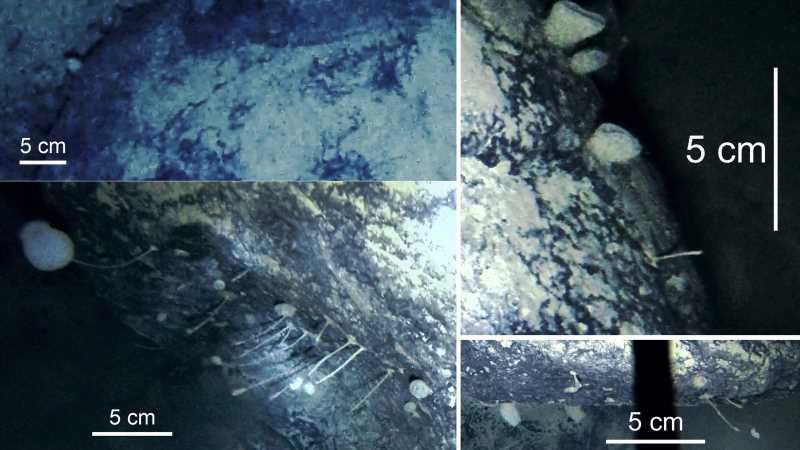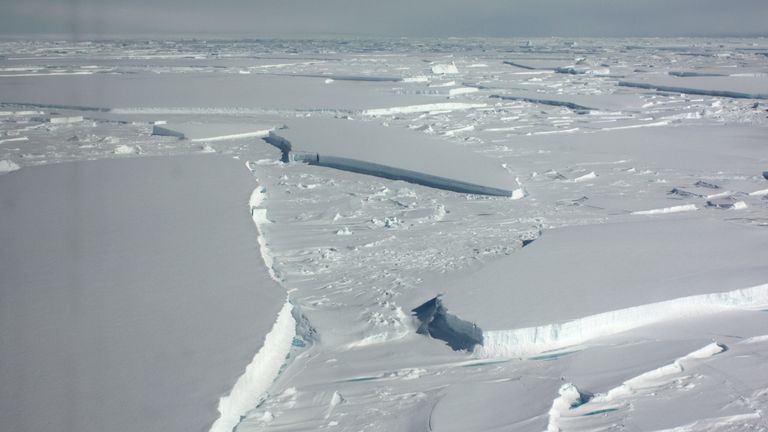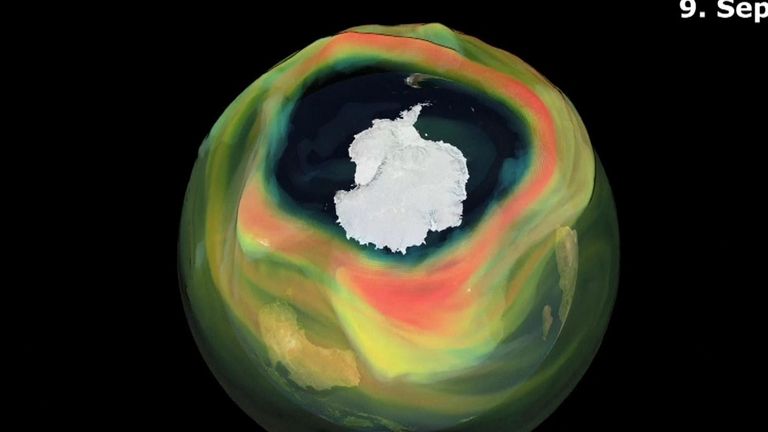Scientists have stumbled upon sea life far beneath the ice shelves of the Antarctic – in a discovery which shows how creatures have “amazingly adapted” to a frozen world, according to a study.
Marine organisms were found on a boulder on the sea floor underneath the ice in what scientists say “raises so many more questions than it answers”.
Researchers drilled 900m (3,000ft) through the Filchner-Ronne ice shelf during an exploratory survey into the sediment core – but instead hit a rock of mud on the ocean floor.
Footage from a camera sent down the hole captured the existence of stationary animals, like sponges and previously unknown species, which were attached to the boulder.
Scientists have long held the theory that all life becomes less abundant as you move further away from open water and sunlight – but have said they will now need to find “new and innovative” ways to develop their findings.
There are also fears that due to climate change and the collapse of the ice shelves, time could be running out to further understand and protect these ecosystems.
Dr Huw Griffiths, a marine biogeographer at the British Antarctic Survey, said: “This discovery is one of those fortunate accidents that pushes ideas in a different direction and shows us that Antarctic marine life is incredibly special and amazingly adapted to a frozen world.
“Our discovery raises so many more questions than it answers, such as how did they get there? What are they eating? How long have they been there? How common are these boulders covered in life? Are these the same species as we see outside the ice shelf or are they new species?
“And what would happen to these communities if the ice shelf collapsed?
“To answer our questions, we will have to find a way of getting up close with these animals and their environment – and that’s under 900m of ice, 260km (160 miles) away from the ships where our labs are.”
Dr James Smith, a geologist who was part of the drilling team, said: “We were expecting to retrieve a sediment core from under the ice shelf, so it came as a bit of a surprise when we hit the boulder and saw from the video footage that there were animals living on it.”
The research has been published in the journal, Frontiers in Marine Science.
Scientists say the floating ice shelves still represent the greatest unexplored habitat in the Southern Ocean.
Source: Read Full Article


